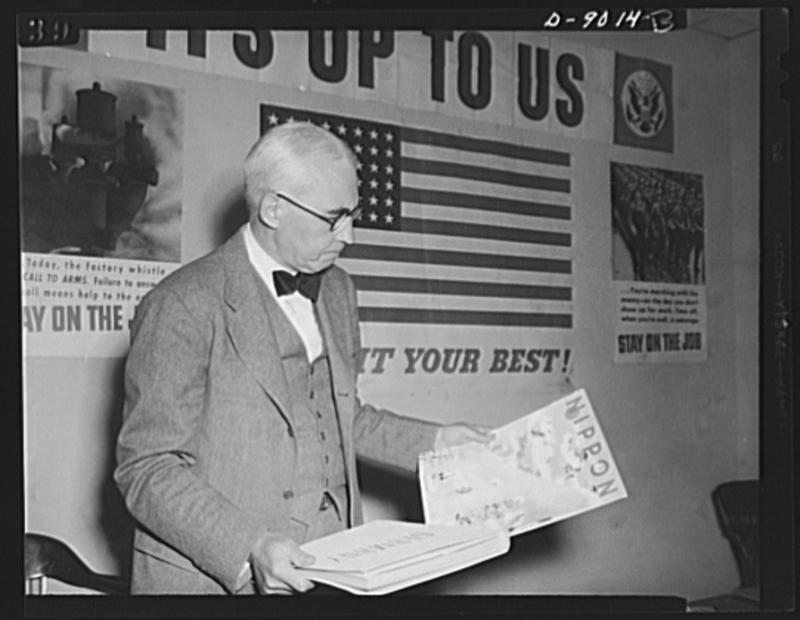 NYPR Archives & Preservation
NYPR Archives & Preservation
This is the Truth! (Episode 4)

“This is a program of cruel, hard truth. This is the truth about our enemy!”
Every episode of This is Our Enemy, a World War II era radio series about Axis activities, begins the same way. The announcer insists that the program is the truest of truths, provided by the U.S. government for the edification of the general public.
Of course, This Is Our Enemy is not “the truth.”
The “German” with the terrible accent who claims that he wants nothing more in life than to loot and steal? He is not a real German.
The “Norwegian” with an American accent who rants about democracy? Also an actor.
Even the “news broadcasts” at the end of every show have a particular agenda.
This isn’t remarkable. Any presentation of information will have bias, no matter how much it strives for objectivity.
But the show’s repeated attempts to convince its audience that it is true are interesting in and of themselves. They are part of a larger story—the story of propaganda in the United States. In this episode of Backtrack, we go into that history, and look at the effect it had on this radio show in particular.
This piece is the fourth episode of Backtrack, a summer mini-series from the WNYC Archives. The rest of the episodes can be found here.
We drew on a number of sources for this episode, but especially Sydney Weinberg's article "What to Tell America: The Writer's Quarrel in the Office of War Information," Paul Hirsch's article "This is Our Enemy: The Writer's War Board and Representation of Race in Comic Books," and Thomas Howell's "The Writer's War Board: U.S. Domestic Propaganda in World War II."
You can also listen to OWI news broadcasts from the WNYC archives.